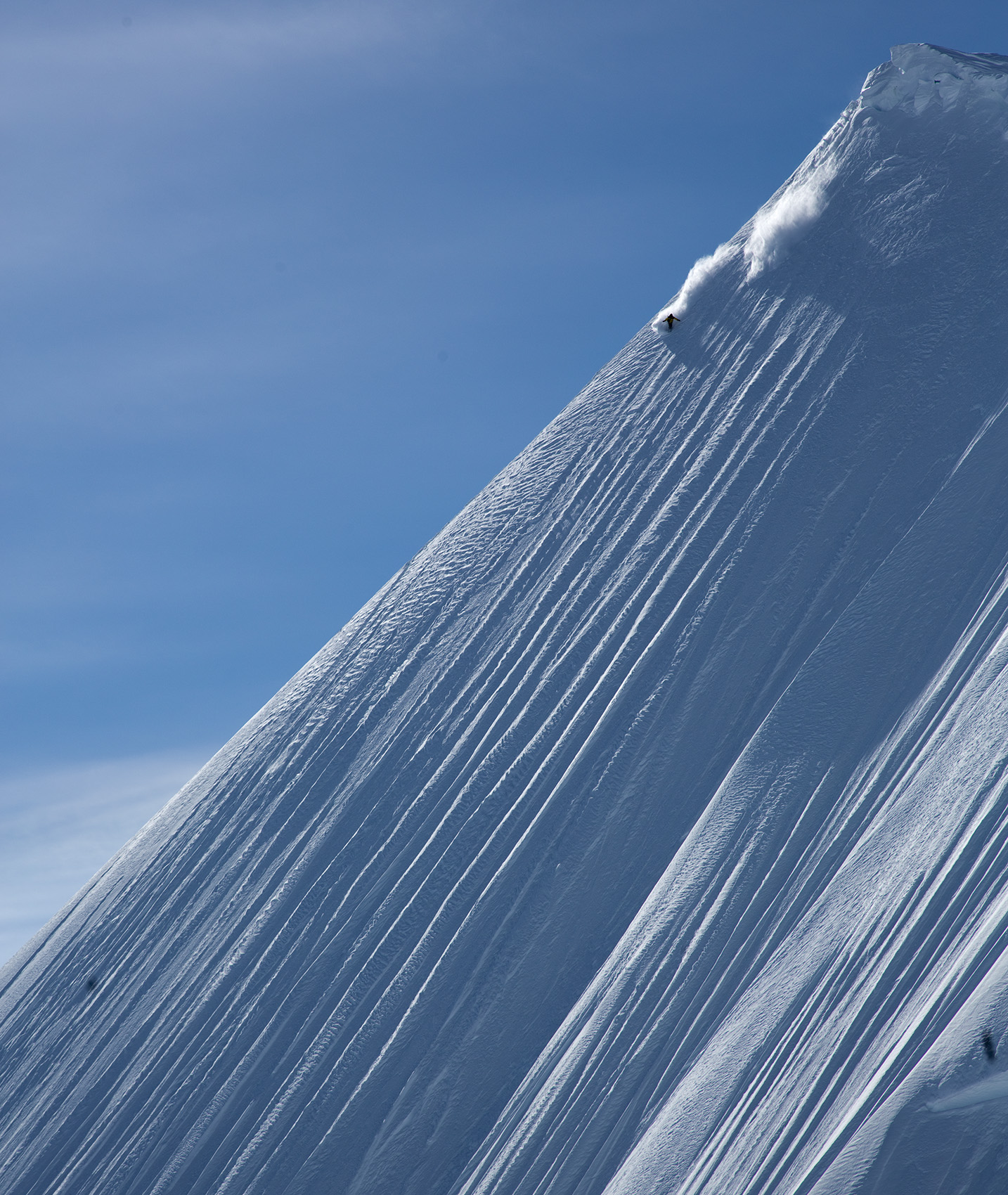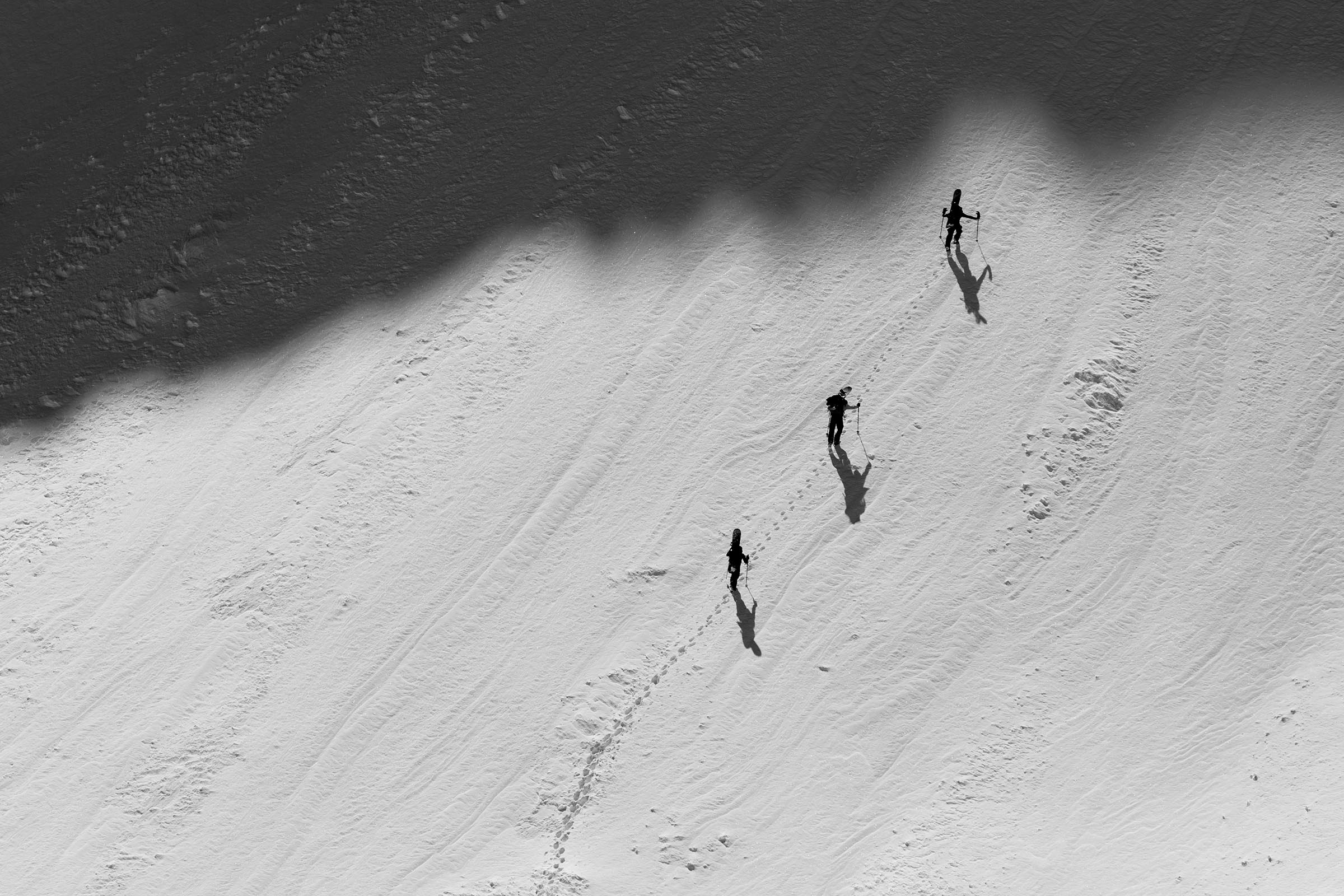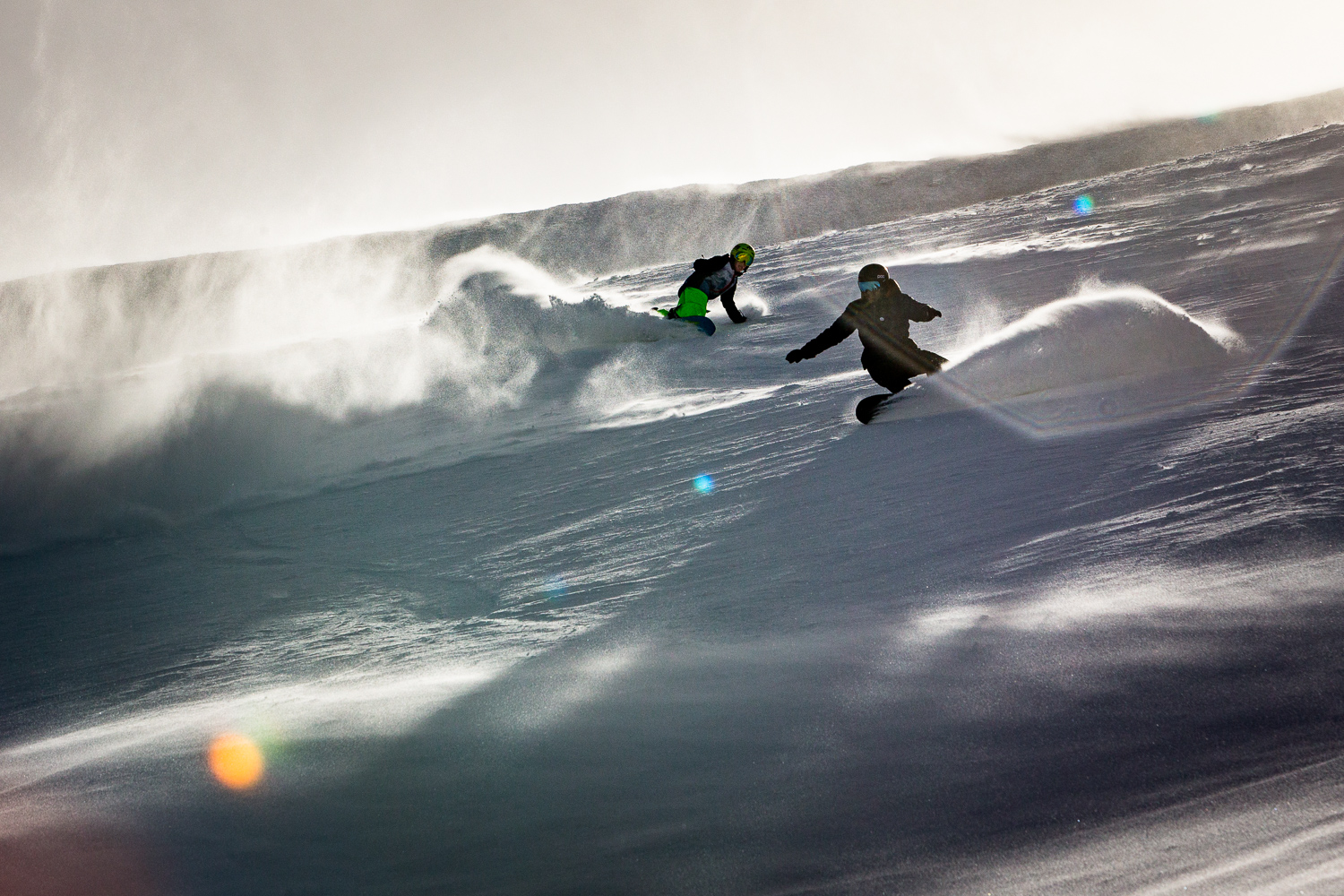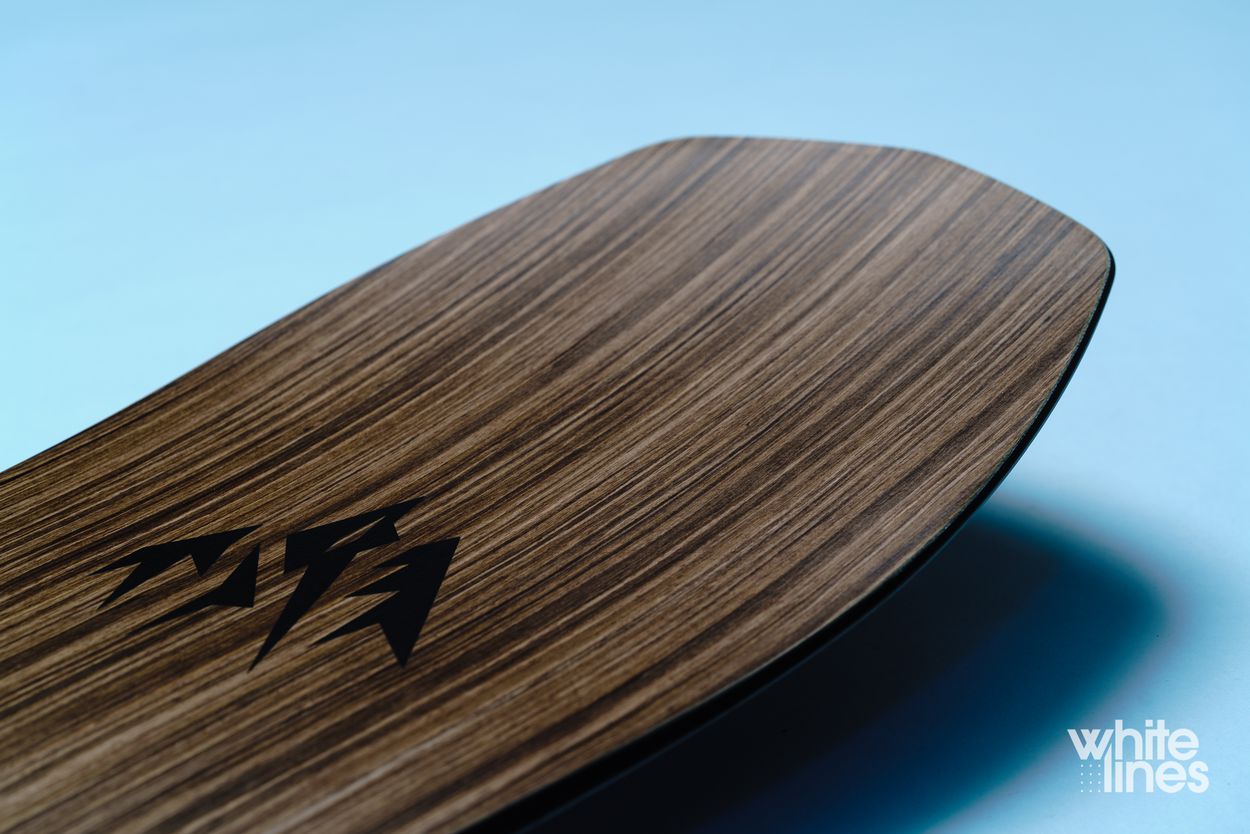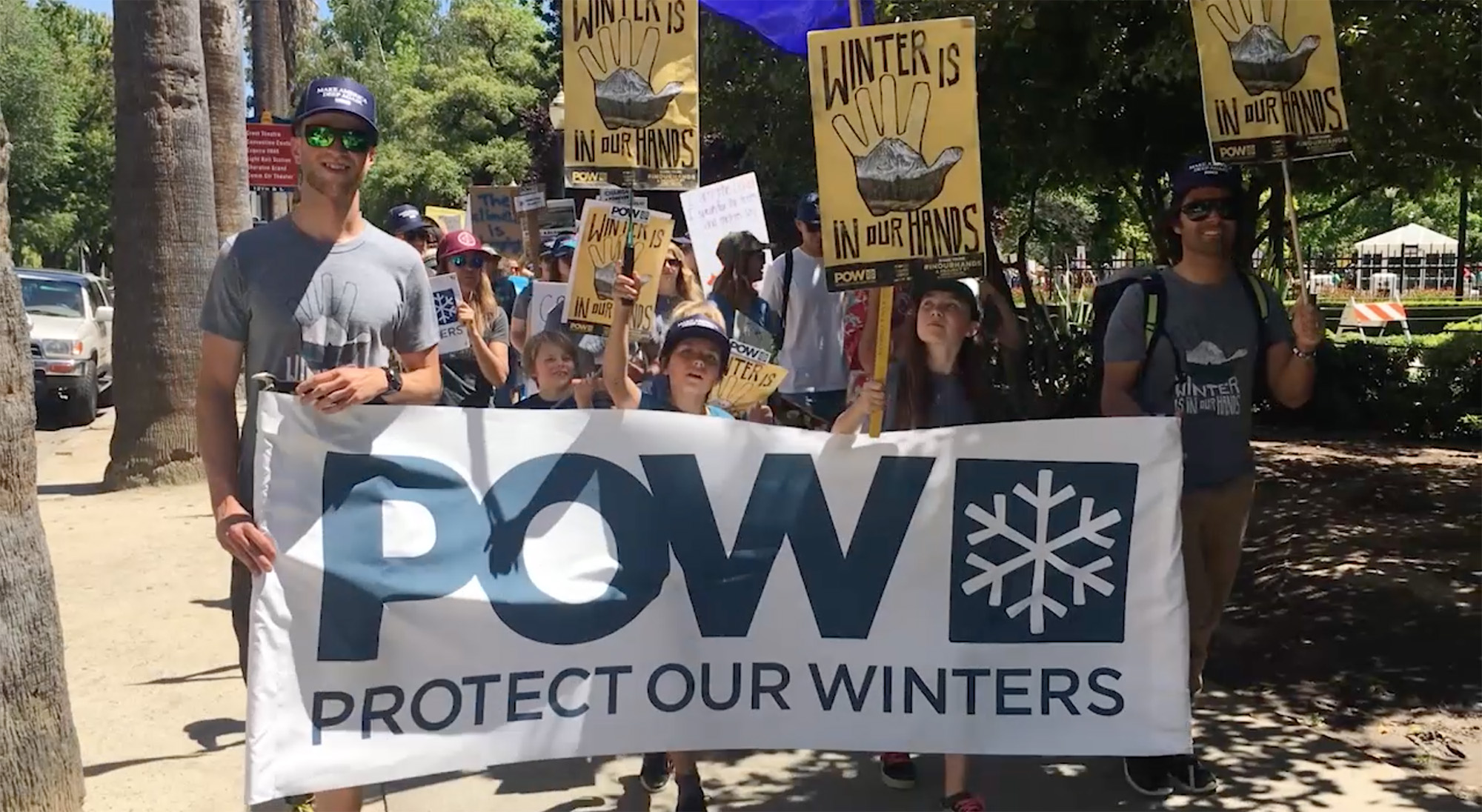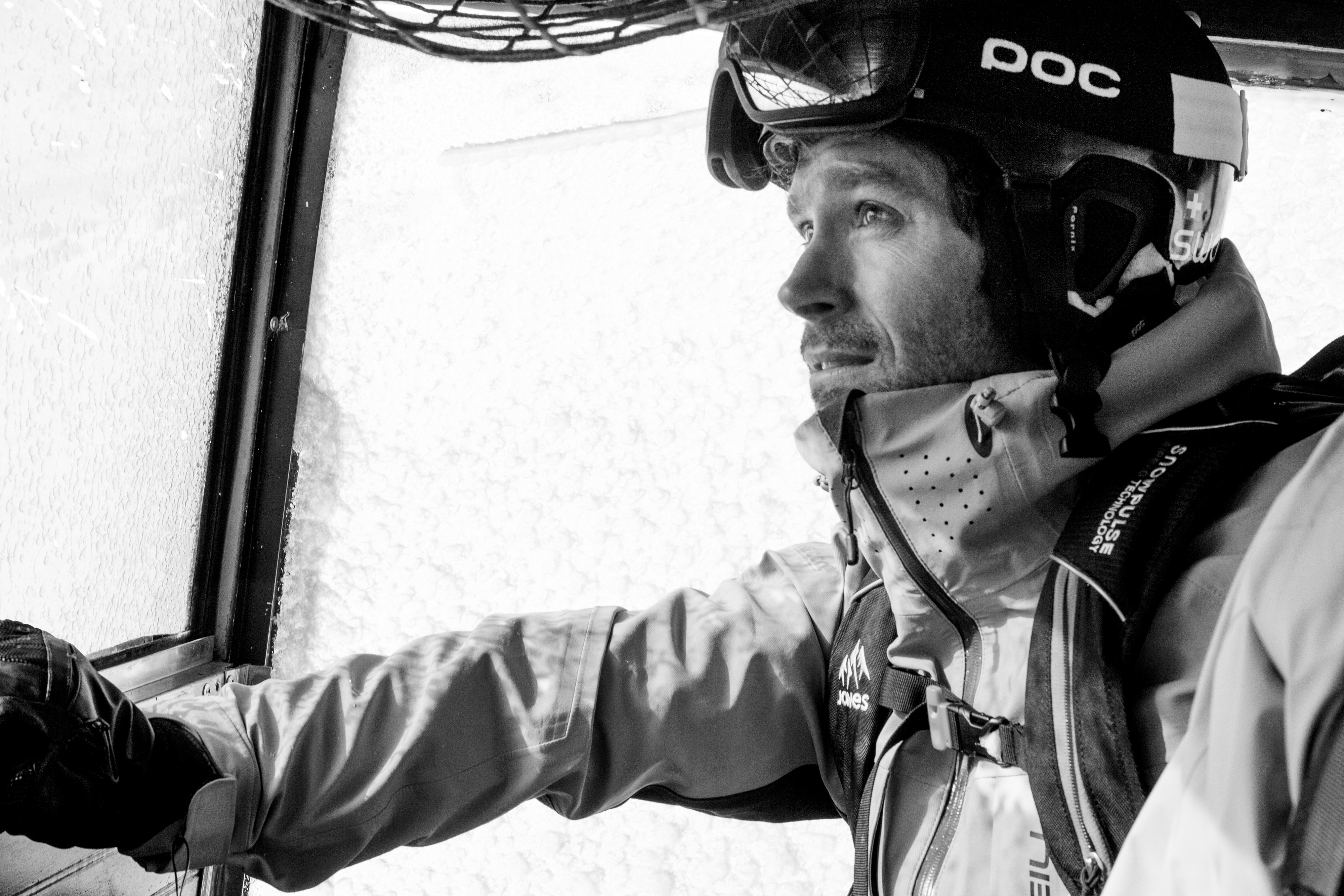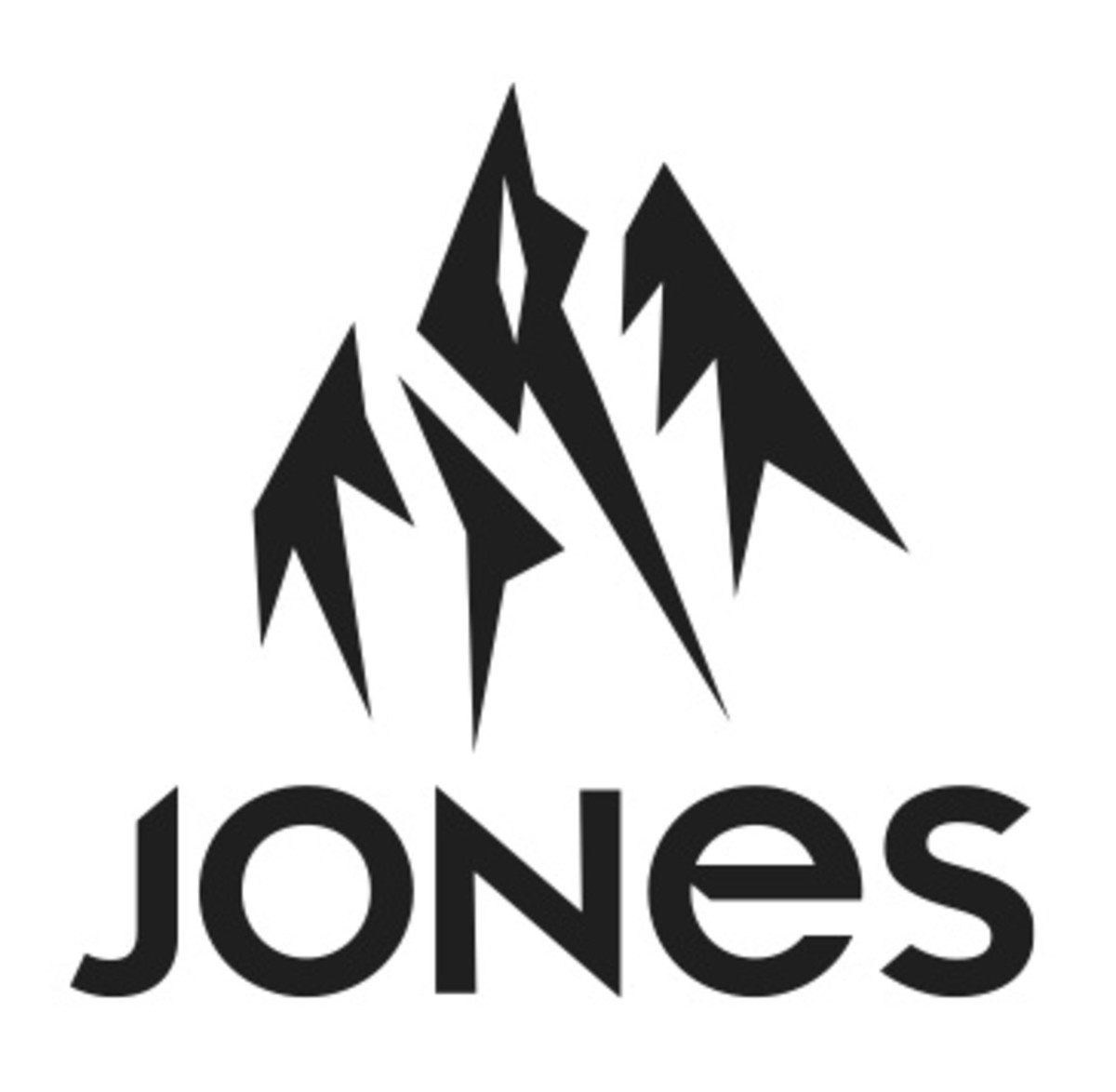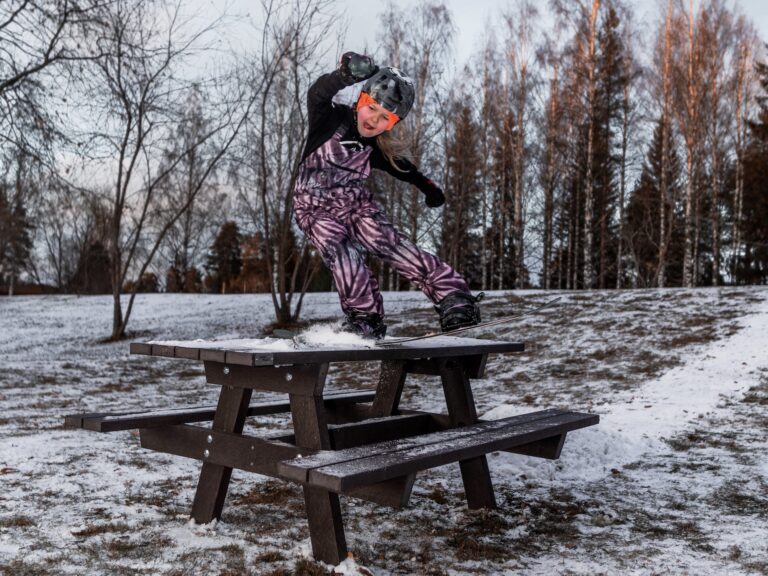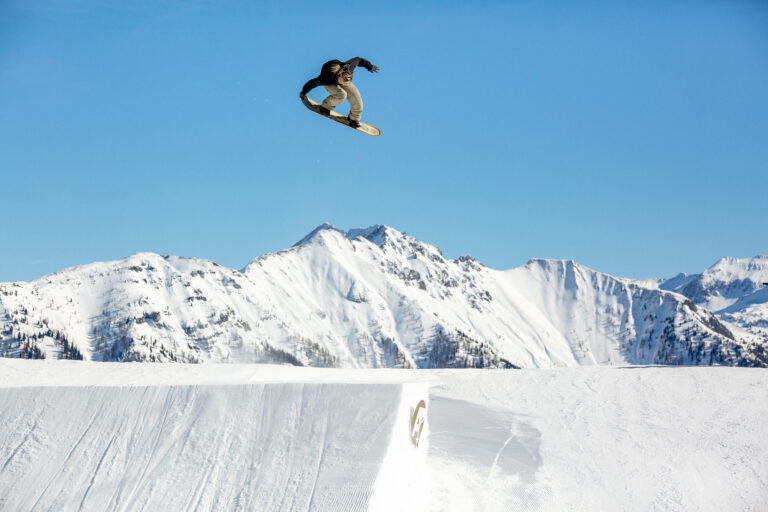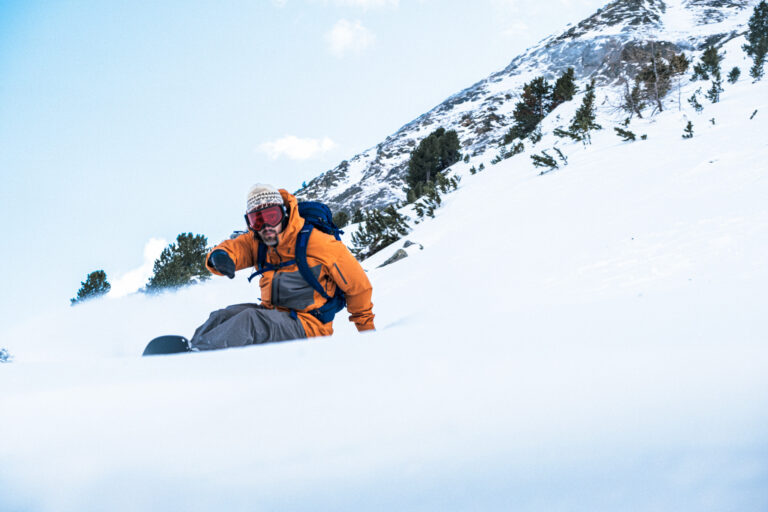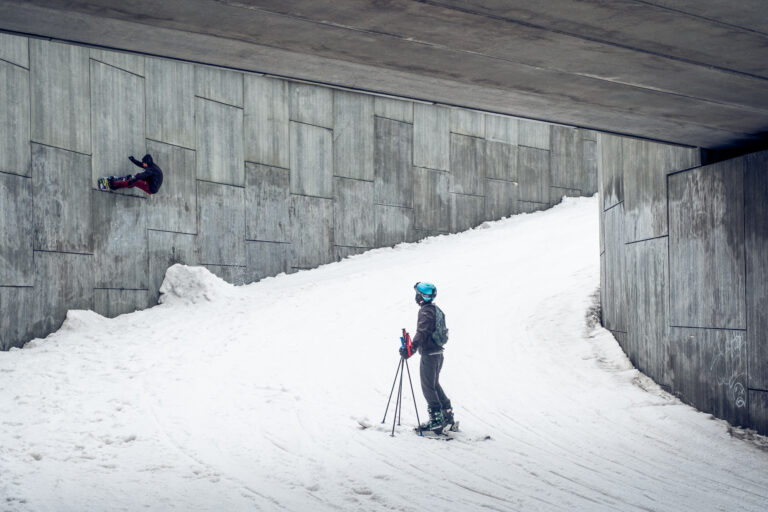“Time flies when you’re having fun! I can’t believe it’s been 10 years.”
Jeremy Jones’s voice is instantly recognisable from about a thousand snowboard movies. I’m speaking to him over Skype – me at my desk in a rain-lashed corner of England, him at his home in the Sierra Nevada Mountains of Tahoe, California. On the wall above his head is an antique painting of a sailing ship, a memento of his roots back in Cape Cod.
It’s been quite a journey from the icy hills of the East Coast to his current status as the most famous freerider on the planet and head of a successful brand that bears his own name. This winter sees Jones Snowboards celebrate a decade in business. So how did it all start?
“I understood freeriding as good as anyone and I wanted to give it a go on my own, unfiltered – to build the company that I really wanted”
“I’d been a pro snowboarder for a long time,” he explains. “I’d been with Rossignol for 19 years and developed over 20 different products for them. My snowboarding had really shifted towards splitboarding – I was cutting boards in half, and hanging out with Shane McConkey a lot and talking about these new shape ideas and different profiles. I was super excited to embrace advanced splitboard technology, but Rossignol is a big company, so the lead times are longer – it just wasn’t as nimble as I wanted. I felt like I understood freeriding as good as anyone and I wanted to give it a go on my own, unfiltered – to build the company that I really wanted.”
